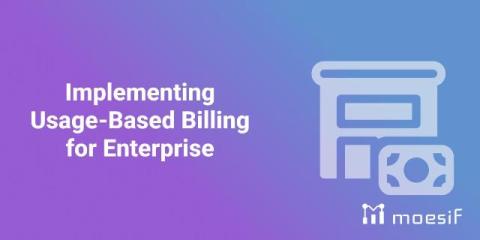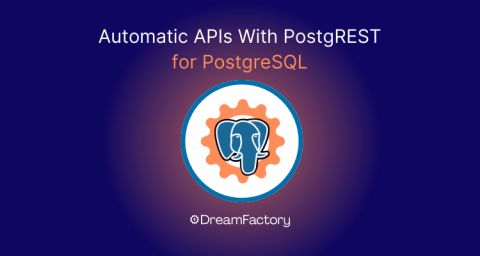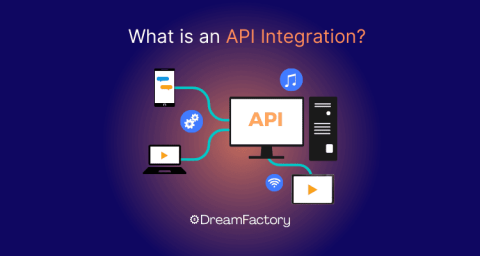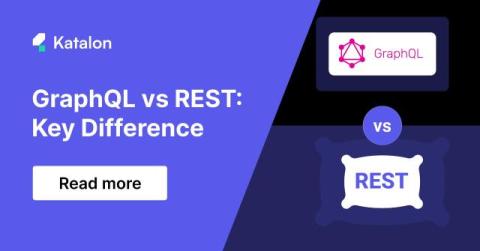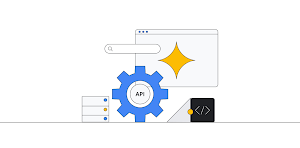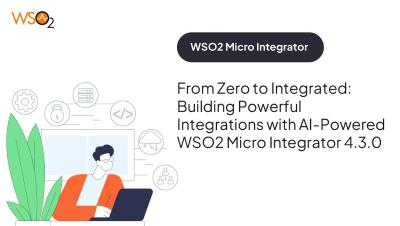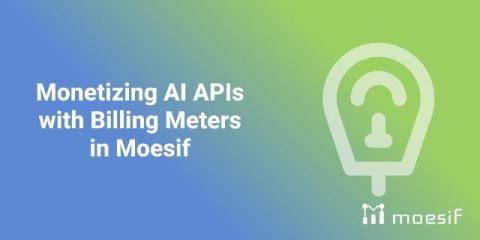Implementing Usage-Based Billing for Enterprise
Enterprises are continually seeking innovative ways to optimize their pricing models and drive revenue growth. Usage-based billing, where customers pay based on their actual consumption, has emerged as a compelling strategy. Unlike traditional flat-fee models, usage-based billing aligns more closely with customer needs and behaviors, offering flexibility and scalability that are crucial in a competitive market.


